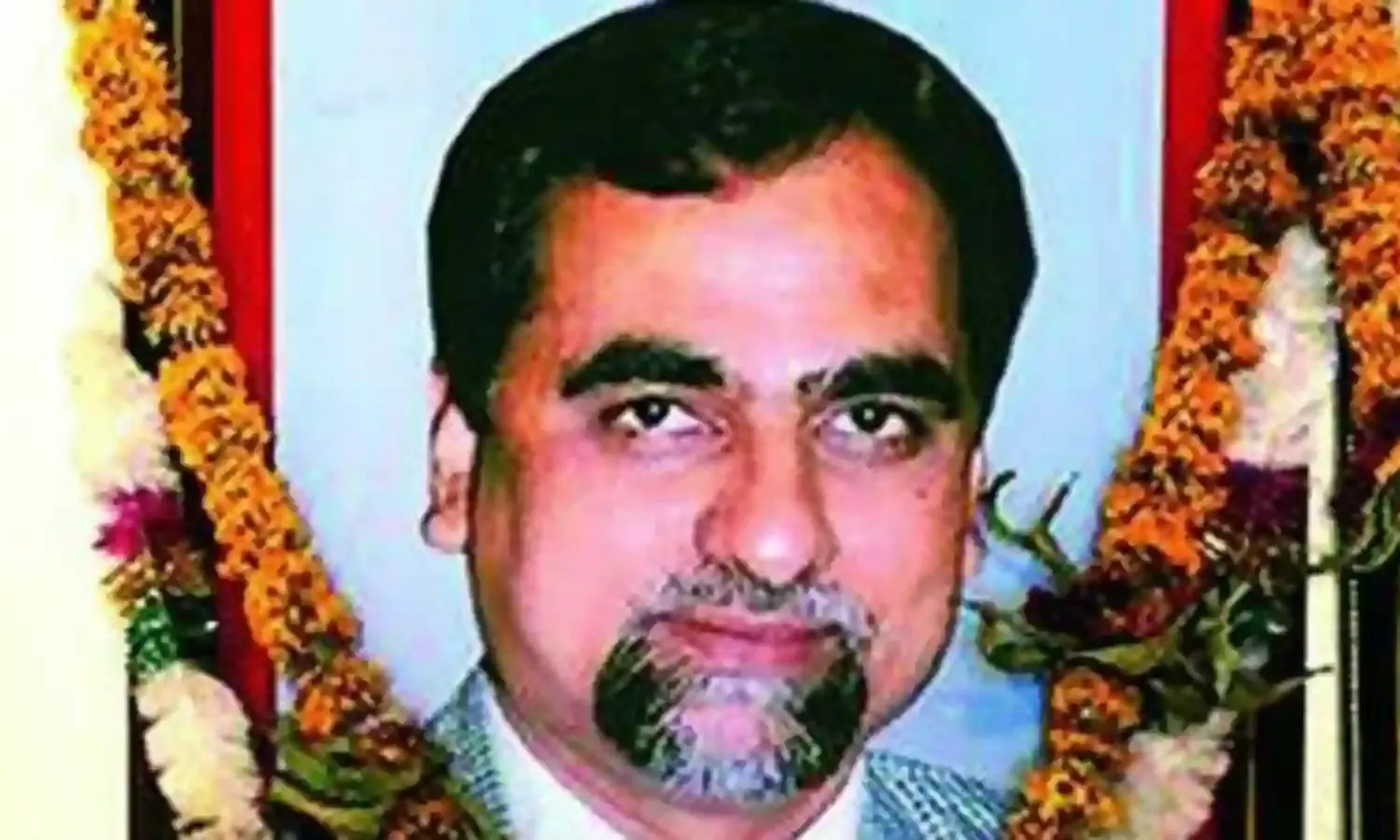SC Bench Under CJI Misra Dismisses Petitions As 'Scandalous', Death Was 'Natural'
'Black day' says Prashant Bhushan

“These petitions are scandalous” said the Supreme Court while rejecting petitions for an independent investigation into the Judge BH Loya case. It ruled out the investigation of his death that has been the subject of a detailed media probe. Judge Loya was hearing the controversial Sohrabuddin case in which BJP President Amit Shah is a main accused, when he died during a visit to Nagpur. The judge who replaced him ruled subsequently that there was not enough evidence against Shah to merit a trial.
A Bench headed by Chief Justice of India Dipak Misra was categorical today:
The death of judge BH Loya in 2014 while deciding on murder charges against BJP president Amit Shah will not be investigated;
petitions for an independent probe were “scandalous”;
and a “frontal attack on the judiciary”.
The Three Judge bench of Chief Justice Dipak Misra, Justice D. Y. Chandrachud and Justice A. M. Khanwilkar was pronouncing the verdict in the string of writ petitions seeking an independent probe into the death of CBI special judge B. H. Loya. “There is no reason to disbelieve the sequence of events leading to the death as narrated by the four judicial judicial officers namely Shrikant Kulkarni, Shriram Modak, R. Rathi and Vijay Kumar Barde and the assertions of Bombay High Court Justices Bhushan Gawai and Sunil Shukre”, it observed.The Bench was clear that, “There is no reason to doubt the consistent statements by judges who accompanied Judge Loya to Nagpur.”
The Bench also took “strong exception to insinuation made that one individual controls judiciary.” The 3-judge Bench further held:
Justice Loya’s death was ‘natural’;
The petitions were a misuse of the judicial process.
It further maintained that ““PIL jurisdiction is being brazenly used by those who have an agenda to settle scores. The true face of the petition is seldom unravelled.” And added, “It’s a serious concern as frivolous PILs detract court’s time from hearing genuine petitions of personal liberty.” The Bench also observed that Senior Counsel Dushyant Dave has transversed to the extent of insinuating even judges not associated to the present petitions, being members of the Bombay High Court Administrative Committee as well as Justices Chandrachud and Khanwilkar, and that the petitioners sought to tarnish the institution of judiciary under the garb of an investigation,” according to Live Law
“Unfounded aspersions” were cast on high court judges and insinuations were made that one individual was controlling the judiciary, the Bench observed. The court pulled up the petitioners’ lawyers for making “scurrilous” remarks against the judiciary and doubting the statement of the high court judges.
After initially being placed before a bench of Justices Arun Mishra and Mohan M. Shantanagoudar, the petitions were listed for hearing before the bench headed by Chief Justice Misra. The bench had directed the transfer to itself of the similar writ petitions by the Bombay Lawyers’ Association and one Suryakant Lodge pending before the Bombay High Court, besides ordering the Bombay High Court as well as all other High Courts to o not entertain any petitions where the fact in issue is identical to the present petitions.
Senior Counsel Dushyant Dave, Indira Jaising and V. Giri had appeared on behalf of the Bombay Lawyers’ Association, Former chief of the navy Admiral L. Ramdas, an intervenor, and Activist Tehseen Poonawalla respectively.Senior Advocate Pallav Shishodia had represented Maharashtra based journalist Bandhuraj Sambhaji Lone, while Senior Counsel P. V. Surendranath had appeared for the All India Lawyers’ Union, another intervenor.
Advocate Prashant Bhushan had advanced submissions on an intervention application on behalf of the CPIL. Senior Counsel Mukul Rohatgi and Harish Salve had represented the state of Maharashtra, with assistance from ASG Tushar Mehta. Bhushan responded to the media after the ruling with, “it is a black day.” He said it was a “wrong judgement.”
The Caravan had first broken the story quoting family members of Justice Loya as raising serious questions about his death. It had followed the first extensive report with several investigations, raising suspicions about the manner in which the Judge had died.



